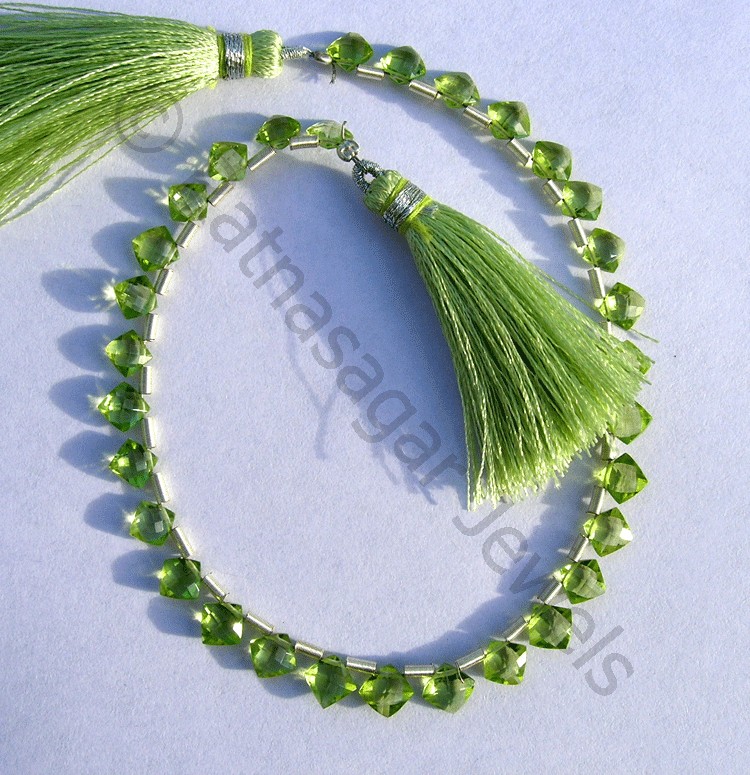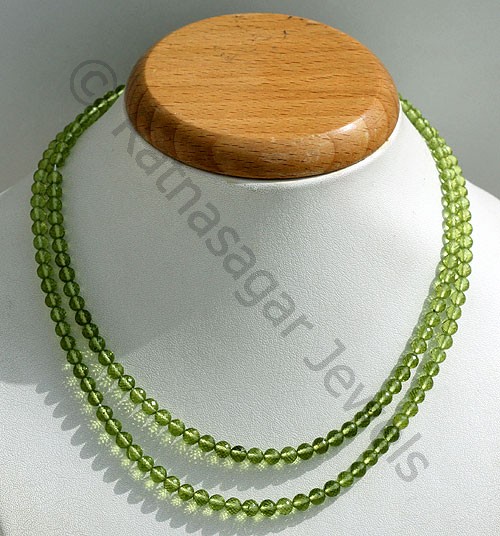In the big world of gemstones, no two stones are alike or comparable. Each gemstone comes with its own set of stories and use. However, there are some gemstones with uncanny resemblance when it comes to their structure, appearance and healing properties. The similarity is so obvious that the gemstones are called substitutes.
The same is true for Peridot gemstone, a widely accepted substitute for Emeralds. In fact, Peridot is often referred to as the “Evening Emerald”. It gained massive popularity following the celebrity status that Egyptian queen Cleopatra bestowed on it.

For very long time, peridot was sold as emerald till the gemologists established a clear distinction between the two gemstones.
Let us take a closer look at peridot before identifying it as a substitute for emerald gemstones.
The background story: An Overview on Peridot:
Peridot is basically a silicate gemstone belonging to the family of olivine. It is distinct from the rest of the olivine members by virtue of high concentration of magnesium ions in its structure. The following properties are associated with the period.
- Orthorhombic crystal structure
- Olive-green color, very similar to emerald
- Glassy, lustrous appearance with refractive index of 1.66
- Poor cleavage with Mohs hardness of 7
Peridot is often confused as a part of the emerald family due to its obvious green tinge and refractive index. In fact, even churches of the ancient order bestowed peridot with highest attributes.
How is Peridot different from emeralds?
Emerald is a beryl gemstone with the high concentration of chromium and vanadium ions. The green color is attributed to these ions. Compared to the peridot, emeralds showcase a totally different crystal structure. While peridot has an orthorhombic structure, emerald has hexagonal lattice arrangement.
Secondly, emeralds are harder than peridot. Peridot can be easily scratched by emerald which proves this fact. On Mohs scale, emerald has the hardness between 7.5 and 8. Both emeralds and peridots have a lustrous appearance but emerald has a lower refractive index.

In terms of clarity, color and saturation, emeralds offer a wide range of variety ranging from yellow-green to bluish green and even white. While green is the primary hue of the emeralds, yellow and blue are also part of the collection. On the other hand, peridots are mostly available in yellow-green and dark green-brown shades. Blue-green peridots are very rare but still attributed as existing.
Is peridot a good substitute for emerald?
No, peridot and emerald are different gemstones. While emerald is the birthstone for the month of May, peridot is the birthstone for August. Peridot is commonly sold in the market with the names of olivine and chrysolite. While the sources of emeralds are mostly concentrated in the Asian sub-continent, peridot mines are more wide-spread geographically. Mysteriously, some of the peridot gems are even found to have an extra-terrestrial origin, which is not at all true for the emeralds.
Therefore, mixing up peridot as a substitute for the emeralds may not be a great thing to do. However, look-wise, both are equally dazzling and valuable with high commercial returns.
Save
Save
c3d3c8cd-0a6a-42eb-a834-c5f72449f601|2|5.0|27604f05-86ad-47ef-9e05-950bb762570c
Tags
: Peridot Gemstone . Peridot Faceted Beads . Peridot Gemstone Supplier . AAA Peridot Beads . Peridot Beads